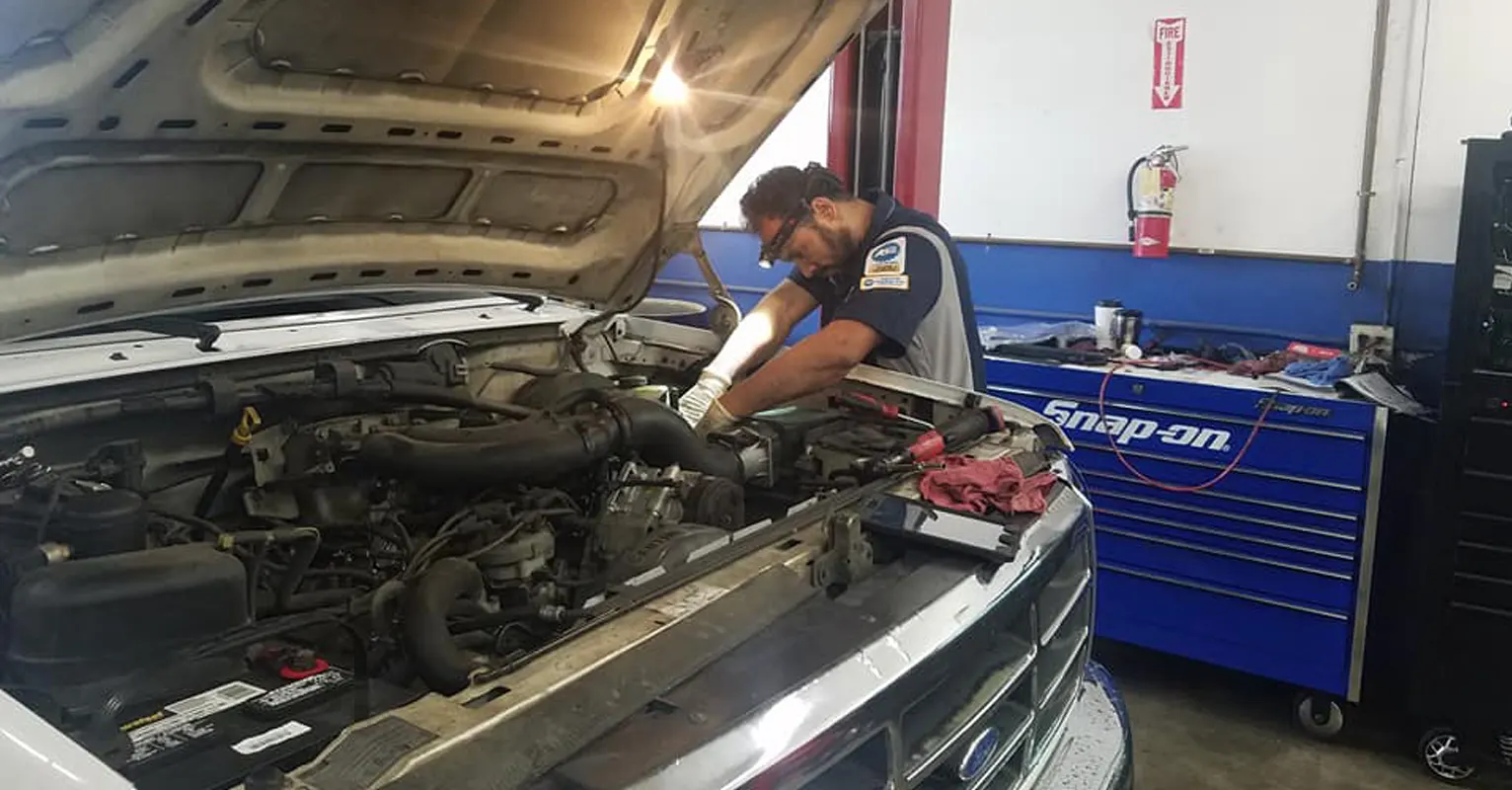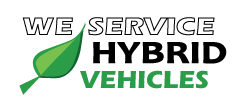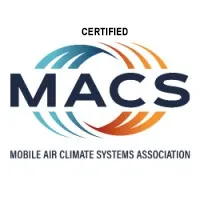
Archive for May 2025Sounds Like a Hot Rod (Noisy Exhaust System)Posted May 25, 2025 4:24 AMDriving along, your exhaust system's rumbling so loud that people turn and stare at you pass by. You're wondering when the police are going to pull you over for illegal noise. Your mind immediately thinks, aha! A broken muffler. Well, your exhaust system is composed of many more parts than just a muffler. Your engine makes power because of thousands of tiny explosions from detonating fuel. Those explosions make a racket, so engineers came up with a system that acoustically dampens that sound in addition to getting rid of harmful exhaust. In the engine is the exhaust manifold that looks like several pipes that join up into one pipe. It directs exhaust to the catalytic converter. The catalytic converter converts harmful gases into less harmful gases using certain chemical reactions. Then comes the muffler that has baffles inside to quiet the sounds of your engine noise. Finally: the tailpipe. All of those pipes and parts are joined together by clamps and held up by brackets, and they ride over some pretty bumpy roads. They are also exposed to the elements, like salt, water, rocks and grit. Chances are that one of those clamps or brackets has been weakened by corrosion. When you hit a bump, bingo! The crack widens into a gap and there's a spot for the engine noise to come roaring out instead of being directed into the muffler's quieting chambers. You might be surprised to know that the exhaust system can rust from inside out. How? Moisture is one component of exhaust, and moisture on the inside can do the same kind of damage as moisture from the outside. It's a good idea to have your exhaust system looked at regularly by a technician. He or she can evaluate the condition of the metal and recommend when it might be time to replace parts before they break. Then you'll have a decision to make. Newer exhaust systems are made out of stainless steel that is much less prone to corrosion issues. Others are made of aluminized steel that also fights rust. You've probably already guessed that they can cost more, but the extra price up front may give you an exhaust system that will last much longer. Sure, with a repaired exhaust system, you won't have quite the head-turning vehicle you once had. You'll just have to live with all the quiet.
No Fueling! (Fuel Filler Location)Posted May 18, 2025 3:54 AMIf you've ever gotten in an unfamiliar vehicle, maybe a rental car, you may have pulled up to the gas pump and wondered, "Which side is the fuel filler on?" Here's a tip for you. There is usually a little arrow on the instrument panel near the fuel gauge that points to the side where the fuel filler is. But why are the fuel fillers not all on the same side, anyway? There are lots of reasons. At one time, many manufacturers tried putting them in an easy-to-reach spot: in the center of the vehicle's rear end. Some even hid them behind a hinged license plate door. Cool place, but it turned out not to be a good idea. When a vehicle with a fuel filler in the rear was hit by another vehicle from behind, it was much more prone to catch fire and explode. Safety regulations now dictate that the fuel filler doors be placed within crumple zones and away from where they can drip fuel on hot exhaust pipes or near electrical connections. But why do manufacturers put them on either side? Some say it should be on the side away from the road. That way if you run out of gas and have to add a little from a gas can as your standing at the side of the road, you'll be a little farther away from passing traffic. So some companies from North America and many European firms with left-hand drive put their fillers on the right side. Some manufacturers think convenience for the driver is paramount, so they put their fuel fillers on the driver's side. If you have a vehicle with a cable release for the fuel door inside the cabin, it's usually on the same side as the steering wheel. As you can see, there's no standardization. Fuel doors need regular maintenance such as lubrication, and your gas cap (if your vehicle has one) should seal properly. Have your service facility inspect those regularly. Wherever your fuel filler is, it's obviously important that you can get at it easily because you have to fuel up sometime. Otherwise, you're not going to go too far! Star Auto Service & AC Straight to the Point (Alignment Signs of Problems)Posted May 11, 2025 3:52 AMIt’s just common sense that your vehicle will drive better if all the wheels are lined up with each other and the road the way the engineers intended. When they’re not, that is called being out of alignment. Here are some signs that your alignment has problems.
We have equipment designed to quickly and accurately measure your vehicle’s alignment. We can make precise adjustments to make sure you are headed straight where you want to go. Have your alignment checked regularly. It can help prevent more serious problems in the future and make your vehicle drive as beautifully as you remember it used to. Star Auto Service & AC Rotation Explanation (Tire Rotation Patterns)Posted May 4, 2025 3:55 AMYou may notice that when you get your vehicle's oil changed, your service adviser may recommend that you have your tires rotated at the same time. The reasons are simple. That will allow your tires to wear more evenly and reduce the noise your tires make as you drive down the road. There are different ways of rotating tires. If your vehicle has non-directional tires and the same size wheels at each corner, here are the different rotation patterns. For all-wheel drive and rear-wheel drive vehicles, one is called the rearward cross pattern. The rear tires are moved to the front and stay on the same side of the vehicle, and the front tires are moved to the rear on the side opposite of where they were on the front. For all-wheel and four-wheel drive vehicles, use the X pattern. The rear tires are moved to the front on the opposite side of the vehicle, and the fronts are moved to the rear on the opposite side of where they were on the front. For front-wheel drive, there's the forward cross. The front tires are moved to the rear wheels on the same side of the vehicle as they were on the front and the rear tires are moved to the opposite side of the vehicle than they were on the rear. If you have directional tires (they only can be mounted in one direction) and the same size directional wheels, the rear tires are moved to the front on the same side of the vehicle where they were, and the front tires are moved to the rear on the same side they were on the front. And if you have tires with different sizes of non-directional tires and wheels on the front and rear, rotation will be from one side of the vehicle to the other. If you have a spare, it's put into the rotation using a forward cross or rearward cross. Yep, that's a lot to keep straight. So, we suggest letting your service advisor recommend the right rotation pattern for you at the interval your vehicle's manufacturer specifies. Star Auto Service & AC | ||
SearchArchiveNovember 2024 (16)December 2024 (5) January 2025 (4) February 2025 (4) March 2025 (5) April 2025 (4) May 2025 (4) June 2025 (5) July 2025 (4) August 2025 (5) September 2025 (4) October 2025 (4) November 2025 (4) | CategoriesTPMS (2)Inspection (2)Windshield Wipers (1)Alignment (3)Air Conditioning (1)Safe Driving (1)Service Intervals (1)Exhaust (3)Fluids (3)Drive Train (2)Transmission (3)Cooling System (2)Headlamps (2)Keys to a long lasting vehicle (1)Tires (2)Fuel Economy (2)Maintenance (2)What Customers Should Know (16)PCV Valve (1)Water Pump (1)Tire Rotation and Balancing (1)Fuel System (1)Oil Change (3)Cabin Air Filter (2)Tires and Wheels (1)Check Engine Light (1)Brakes (1)Alternator (1)Engine Air Filter (1)Battery (1) | |
What Our Customers Say
Very thorough, and does work right.
Read more >~ Mr. Michael Crosby, 11/14/2025


Star Auto Service & AC
221 Viking AveBrea, CA 92821
Serving Areas
Star Auto Service & AC
221 Viking AveBrea, CA 92821











